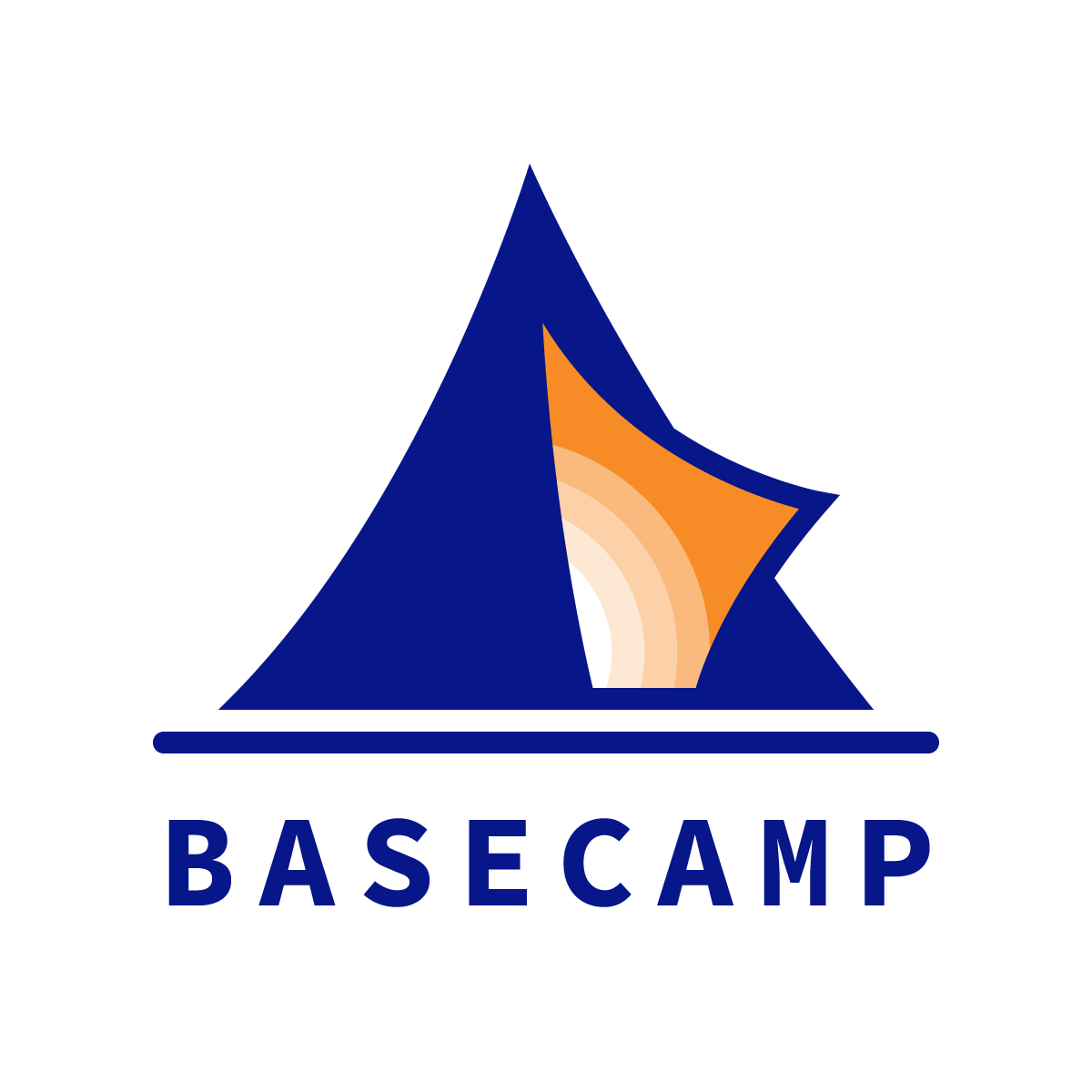From silos to edge effects
Some educators will see the COVID-19 crisis as an opportunity to move from silos to edge effects.
Schools mostly operate as a set of silos: grade levels silo learners by age; disciplines silo learners by subject; classrooms silo learners by architecture.
What’s the opposite of a silo? In nature you might consider the edge effect, which refers to the explosion in species diversity in places where ecosystems overlap. They are places of profound flourishing.
You might expect that the “social distancing” brought on by COVID-19 will reinforce learning silos. Probably. But some educators will design for edge effects by commingling two “ecosystems”:
Diverse groups. Most learning is social. Kids want to hang out with other kids. Zoom, Google Hangouts, etc. make it easy to bring together different kids to learn in the same space at the same time.
Diverse thinking. A problem like COVID-19 demands interdisciplinary thinking.
Why not ask students to work in small virtual teams to explore the dimensions of the COVID-19 problem that interest them? Then ask them what they propose to do about that problem. [1]
Would that be as neat and clean as siloed learning? No.
Would it be more impactful?
Try it, then ask the students. I bet you’ll never go back.
***
[1] Morgan Housel’s “Corona Panic,” a 3-minute read, offers a perfect launch for a project-based, virtual learning experience. In it, Housel lays out the interdependencies at the heart of the COVID-19 pandemic:
Risk requires statistical thinking.
Risk requires psychological understanding.
Risk requires narrative framing.
Risk requires moral, ethical, even spiritual judgments.
Risk requires an understanding of history, politics, anthropology, culture.
And of course COVID-19 requires an understanding of biology, chemistry, physics, and earth science.
To design for an edge effect learning experience, a teacher could pose a challenge:
Dr. Mike Ryan, Head of Emergency Response at the World Health Organization, recently said, “You must be the first mover…. Anyone involved in emergency response will know this: if you need to be right before you move, you will never win. Perfection is the enemy of the good when it comes to emergency response. Speed trumps perfection. And the problem we have in society at the moment is that everyone is afraid of making a mistake. Everyone is afraid of the consequence of error. But the gravest error is not to move. The greatest error is to be paralyzed by the fear of failure.”
You and your team are the leaders of an organization [see below]. You must monitor the spread of COVID-19 on a daily basis, then apply your understanding to develop a forecast for what will happen next and to design containment and / or relief aid efforts. Optimal designs will balance individual rights and community needs.
Law Enforcement: Mayor, Chief of Police, Head of National Guard, and others.
Medicine: Mayor, CEO of Hospital, Head of Emergency Medicine, and others.
Social Emotional Wellbeing: Head of Mental Health Services, Pastor, and others.
Education: Superintendent, Teacher’s Union, PTA President, and others.
Food Insecurity: Mayor, grocery store owners, State Transportation Commissioner, and others.
[Teams can select their own problem to investigate and identify the decision makers.]
Each day of virtual learning, teams might be responsible for creating a slidedeck that communicates
Their latest understanding of the 6 dimensions of interdependence noted above.
An up-to-date forecast of what they expect to happen next (eg, number of confirmed cases, number of deaths, impact on GDP, etc.]
Evolving design for containment / relief.
The teacher can create simple KiSH Google Forms for each team, then paste them into the chat section of the videoconference. Peers can then provide feedback to one another. The teacher can review those responses in real time, share select feedback, and prompt discussion.
This may not be a comprehensive plan, but it’s a running head start if you want to design for edge effects.
***
Thank you for reading this post from Basecamp's blog, Ed:Future. Do you know someone who would find the Ed:Future blog worthwhile reading? Please let them know that they can subscribe here.

